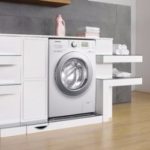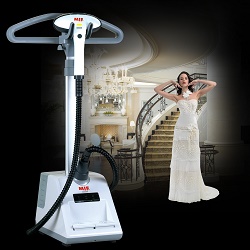What type of spinning washing machine is best to choose?
The home appliance market offers a very large selection, so many buyers have a question - which spin class in washing machines is the best? It is logical to assume that a high class gives a good performance, that is, the laundry will be better squeezed out. However, there is a place for marketing tricks of the manufacturer. What are the classes of spin, what are their parameters and why they depend, we consider next.
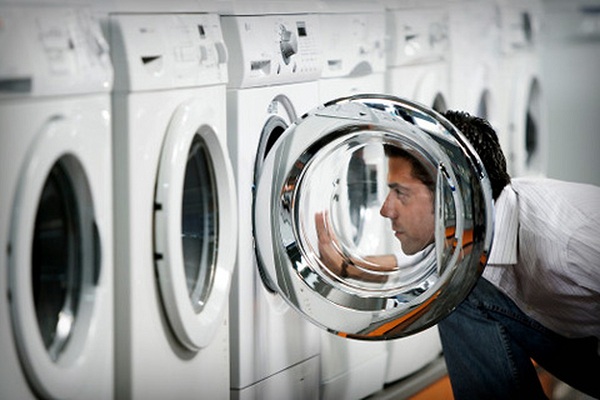
Content
European standard spin washing machines
One of the most important criteria by which the quality of washing machines is assessed, along with the class of washing, is the spin class. It is denoted by the letters of the Latin alphabet - A, B, C, D, E, F, G - from highest to lowest.This classification is an accepted European standard and is maintained throughout the world.
To determine these categories, the device is set up to perform a greater or lesser number of revolutions per minute: from 400 to 1800. Next, carry out an easy calculation, aimed at residual moisture scrolled linen. To do this, find the difference between the weight of dry and wet linen, the result is divided by the dry weight and multiplied by 100.
The table shows the names of different categories of spinning washing machines, how many percent of moisture they remove from washing during the rotation of the drum, and how many revolutions do per minute:
| BUT | 55% | 1800 | |
| AT | 45% | 1600 | |
| WITH | 40% | 1400 | |
| D | 30% | 1200 | |
| E | 20% | 800 | |
| F | 15% | 600 | |
| G | 10% | 400 | |
The table shows how great the difference is between categories A and G. Things containing 90% of moisture can be called very wet: they will dry for a long time in the air.
Modern manufacturers of home appliances now rarely produce models with only the spin classes G and F because of their low efficiency.
The lettering of these categories can be easily found in the technical instructions. However, whether models with a high speed of rotation of a centrifuge are good, and whether they will spoil clothes, is another question.
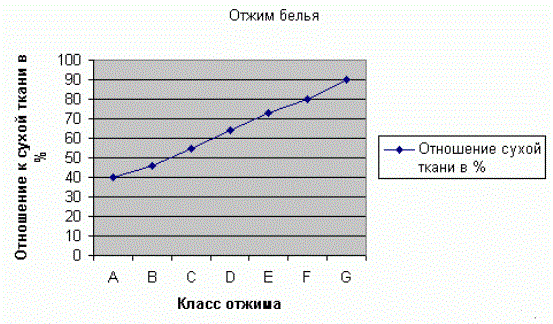
Choosing a washing machine with an optimal spin class
Experts consider the spin class to be good if the centrifuge is able to remove 40% water from linen. That is, the technique with the first three categories of rotation A, B and C can be called optimal for washing one or another type of fabric.
Most popular car models can be tuned to one or another number of revolutions per minute, they often have a certain range from a smaller number to a larger one. This is very convenient, since there are rather delicate fabrics that are not recommended to be subjected to high centrifugal force in a fast-rotating centrifuge. Below is a table in which a different number of revolutions of the centrifuge corresponds to different types of tissue:
| Cotton, coarse calico, jeans, flax | From 1600 rpm |
| Silk, tulle, satin | 600-800 rpm |
| Wool | Without spin |
In addition to the different number of revolutions, the drum of the typewriter can still be rotated in such a way that no further ironing is required. It will be enough just to hang them up carefully to dry and remove already dry and unwashed things.
This mode in various models can be called "without ironing" or "easy ironing."
Meanwhile, there is an opinion that it is possible to achieve a completely acceptable quality of spinning things at 1000 revolutions per minute. That is, the machine at the maximum values of 1600 and 1800 rpm can spoil the fabric, and at the exit, the laundry will be wrinkled. Therefore, it is recommended to use the highest rotation speed only when the drum is fully loaded and for washing dense, wear-resistant fabrics such as denim.
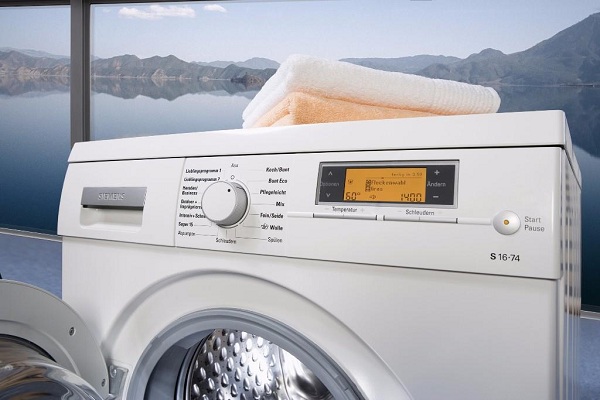
Tips for choosing machines with optimal performance
A high-end washing machine will cost much more than a lower one. But, as practice shows, equipment of category C and D squeezes things not much worse than the most expensive ones, therefore you should not rely only on the number of revolutions of the centrifuge.
When choosing an automatic washing machine, you need to rely on the optimal combination of all the main criteria.
The main characteristics that are worth paying attention to, besides the quality of the spin, are:
- wash class;
- power usage;
- water consumption;
- assembly country.
Energy class also denoted by Latin letters. The most economical models are class A ++, A + and A.Energy consumption per wash in them is optimized so that the machine consumes the minimum amount of electricity, while maintaining high quality washing.
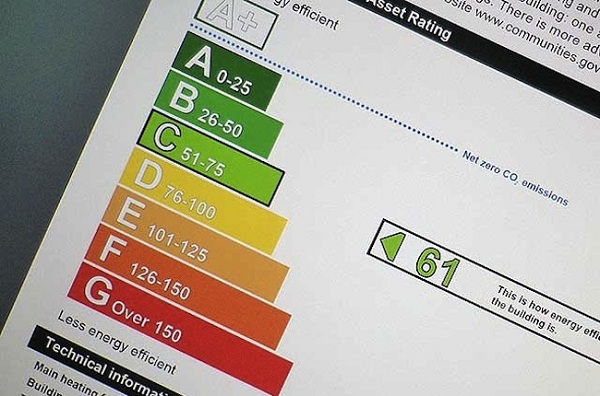
Wash class also denoted by letter from A to G and measured in coefficients. They are calculated by comparing the reference wash, with the characteristics of the washed laundry of the tested model under the same conditions. Very often, buyers neglect this parameter in pursuit of the highest number of revolutions. Meanwhile, in such washing machines things can be almost dry, but at the same time with poorly washed contaminants.
Since the purchase of a washing machine is quite a crucial step, we advise you to listen to the opinion of experts. After all, any hostess wants her main assistant to serve for a long time and not break. And the clothes and underwear always pleased with their impeccable cleanliness and well-groomed appearance.

/rating_on.png)
/rating_off.png)






